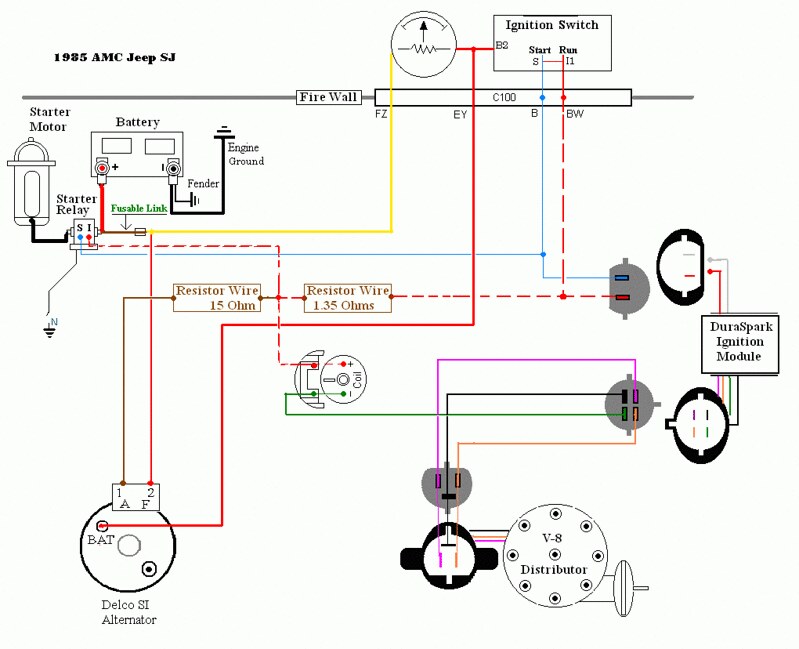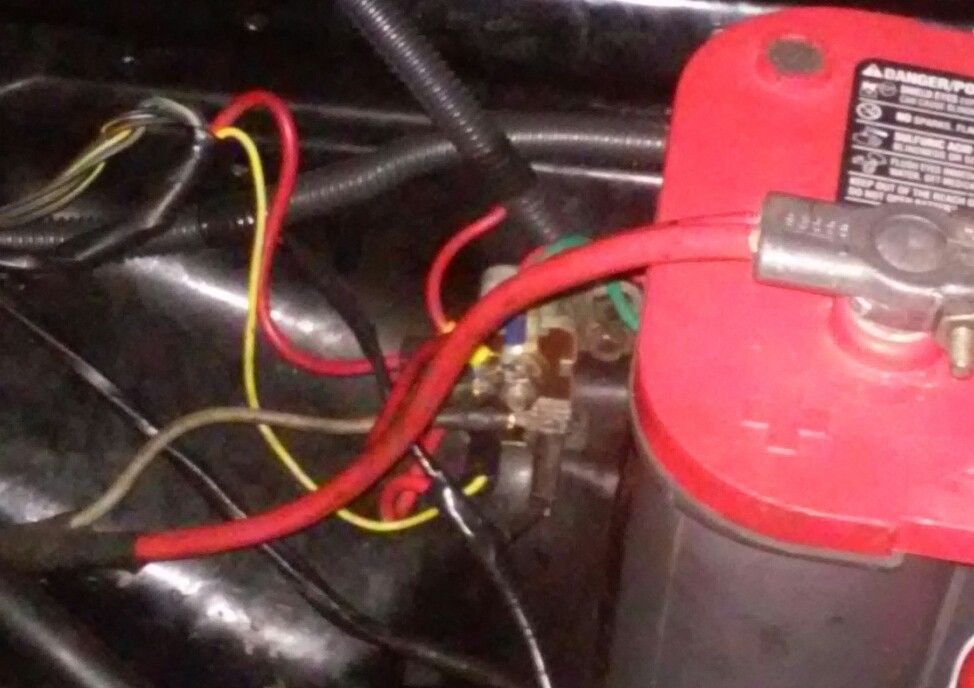Bookmaker
Well-Known Member
I am getting ready to do the MAD ammeter bypass on my 74 Duster using a direct wire with fusible link from the alternator post to the starter solenoid post. No big deal.
With regard to the ammeter itself, what would be the result if I leave the ammeter in the gauge cluster hooked up instead of disconnecting it and joining its two wires together to bypass the gauge?
With regard to the ammeter itself, what would be the result if I leave the ammeter in the gauge cluster hooked up instead of disconnecting it and joining its two wires together to bypass the gauge?


















